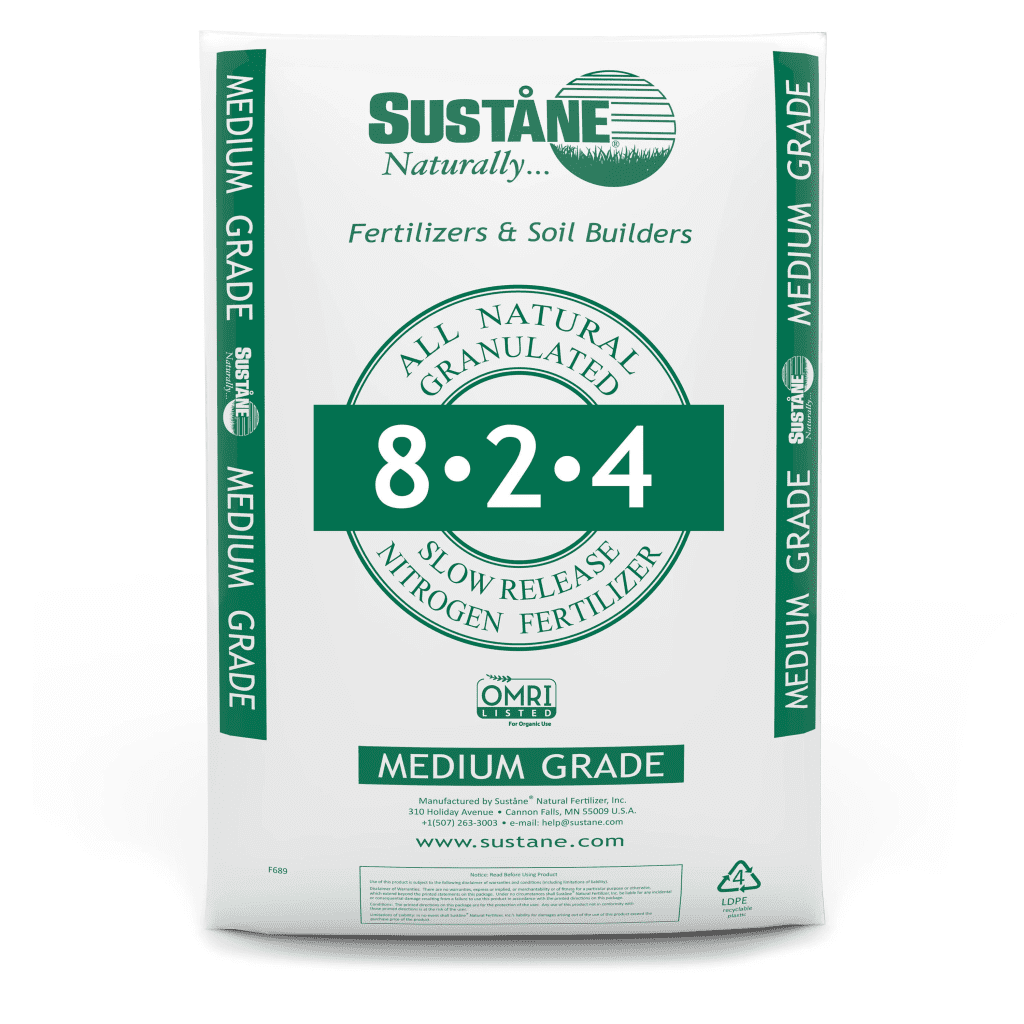Fertilizers are vital inputs in modern agriculture, offering concentrated nutrients for rapid crop growth and higher yield. Unlike bulky organic manures, fertilizers release nutrients immediately and have a defined chemical composition, making them especially useful in nutrient-deficient soils.
What Are Fertilizers?
Fertilizers are industrially manufactured compounds containing essential plant nutrients in a more concentrated and immediately available form than organic manures. Their high analytical value and quick action make them indispensable for improving soil fertility and crop productivity.

Classification of Fertilizers\
1. Based on Nutrient Composition
a) Straight Fertilizers
Contain only one primary nutrient.
- Examples:
- Urea (46% N)
- Ammonium sulphate (20% N)
b) Multi-Nutrient Fertilizers
Contain two or more major nutrients:
- Binary fertilizers (e.g., Potassium nitrate – 13% N & 44% K₂O)
- Ternary fertilizers / Complete fertilizers (e.g., NPK 15:15:15)
Advantages:
- Easy handling and application
- Granular form reduces waste
- Increases fertilizer use efficiency
2. Based on Nutrient Concentration
- High-analytical fertilizers: >25% nutrients (e.g., Urea, 46% N)
- Low-analytical fertilizers: <25% nutrients (e.g., SSP, 16% P₂O₅)
3. Based on Physical Form
- Solid fertilizers: Powders (SSP), Prills (Urea), Granules (DAP)
- Liquid fertilizers:
- Clear liquid: Fully dissolved in water
- Suspension liquid: Particles suspended in solution
Fertilizer Grade: What Do the Numbers Mean?

Fertilizer grade shows the percentage of N-P₂O₅-K₂O in the formula:
- Urea: 46-0-0
- DAP: 18-46-0
- Always written in the order: Nitrogen – Phosphorus – Potassium
Types of Fertilizers by Nutrient
A. Nitrogenous Fertilizers
Divided by the form of nitrogen they supply:
1. Nitrate-based (e.g., Sodium nitrate – 16% N)
- Ideal for top dressing
- Quick absorption but leaches easily
2. Ammonium-based (e.g., Ammonium sulphate – 20% N)
- Preferred for rice and water-logged fields
- Less prone to leaching
3. Nitrate + Ammonium (e.g., CAN – 20% N)
- Balanced release
- Acidic, suitable for neutral soils
4. Amide Fertilizers (e.g., Urea – 46% N)
- Organic form, converted to ammonium then nitrate in soil
- Most widely used N fertilizer
B. Phosphatic Fertilizers
Phosphorus content is expressed in P₂O₅ form:
a) Water-soluble (e.g., SSP – 16%, TSP – 46-48%)
- Quickly available
- Best for neutral to alkaline soils
b) Citrate-soluble (e.g., Basic slag – 14-18%)
- Suitable for acidic soils
c) Insoluble/Tricalcium phosphate (e.g., Rock phosphate – 20-40%)
- Effective in acidic or organic soils
- Used with green manures or in plantations
- Tip: To convert P₂O₅ to elemental P, multiply by 0.43; to convert P to P₂O₅, multiply by 2.29.
C. Potassic Fertilizers
Potassium content is given in K₂O form:
a) Chloride form (e.g., Muriate of potash – 58-60% K₂O)
- Most common and affordable
- Avoid for sensitive crops like tobacco or potatoes
b) Non-chloride form (e.g., Sulphate of potash – 48% K₂O)
- Ideal for quality crops (fruits, vegetables)
- Preferred for chloride-sensitive plants
Final Thoughts: Why Understanding Fertilizer Classification Matters

Choosing the right fertilizer based on crop needs, soil conditions, and nutrient availability ensures better productivity and economic efficiency. This guide helps agriculture students and professionals grasp fertilizer basics for exams, practical farming, or even competitive PSC preparation.
Want to Master Fertilizer Use, Soil Nutrition & Crop Science?
Join our Agriculture Essentials Series at Pedigogy.com – Tailored for Nepali B.Sc. Agri students, PSC aspirants, and young professionals seeking practical, exam-oriented learning. You can also enroll in Principles of Agronomy course for furher studies here: https://pedigogy.com/courses/learn-principles-of-agronomy-with-rahul/


